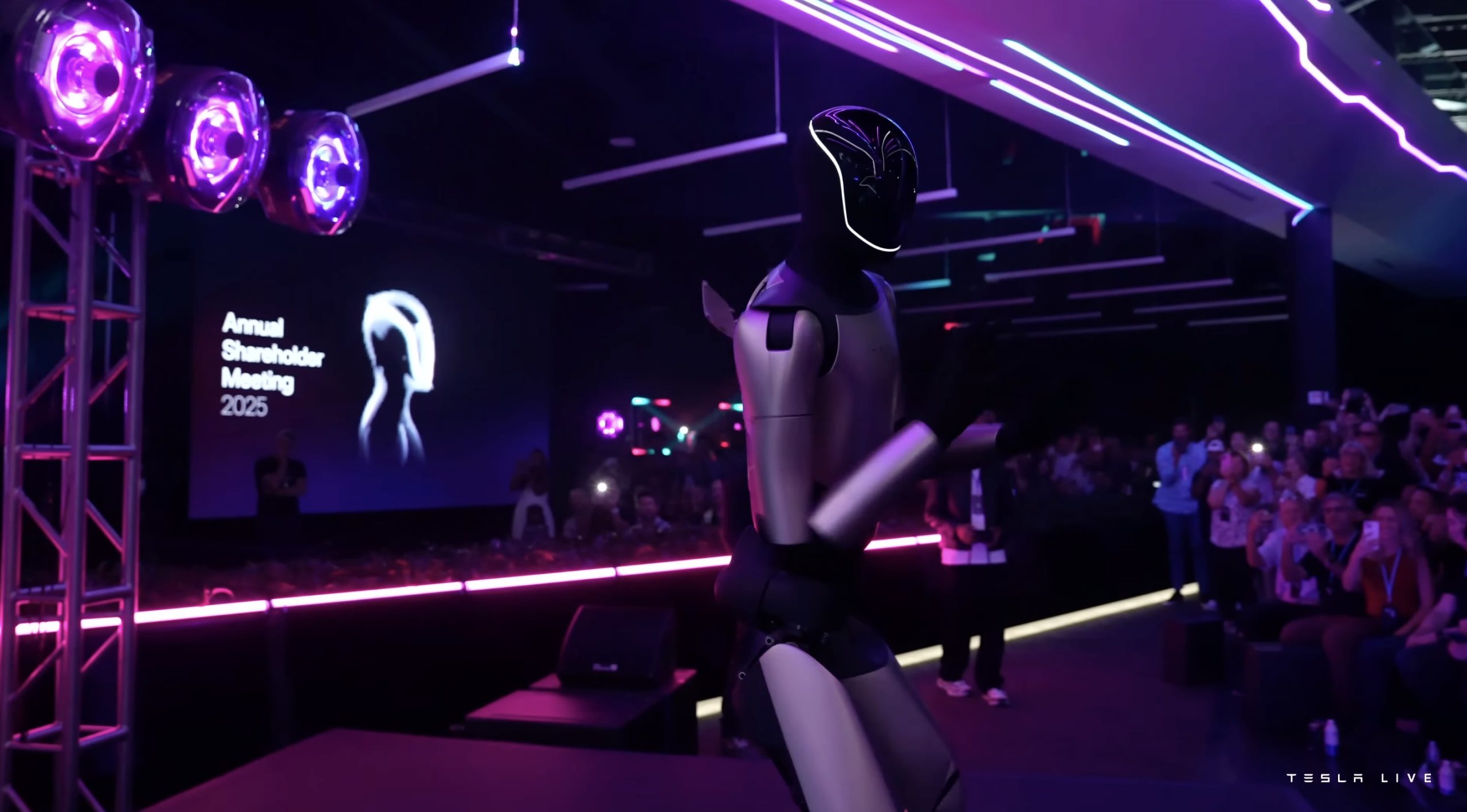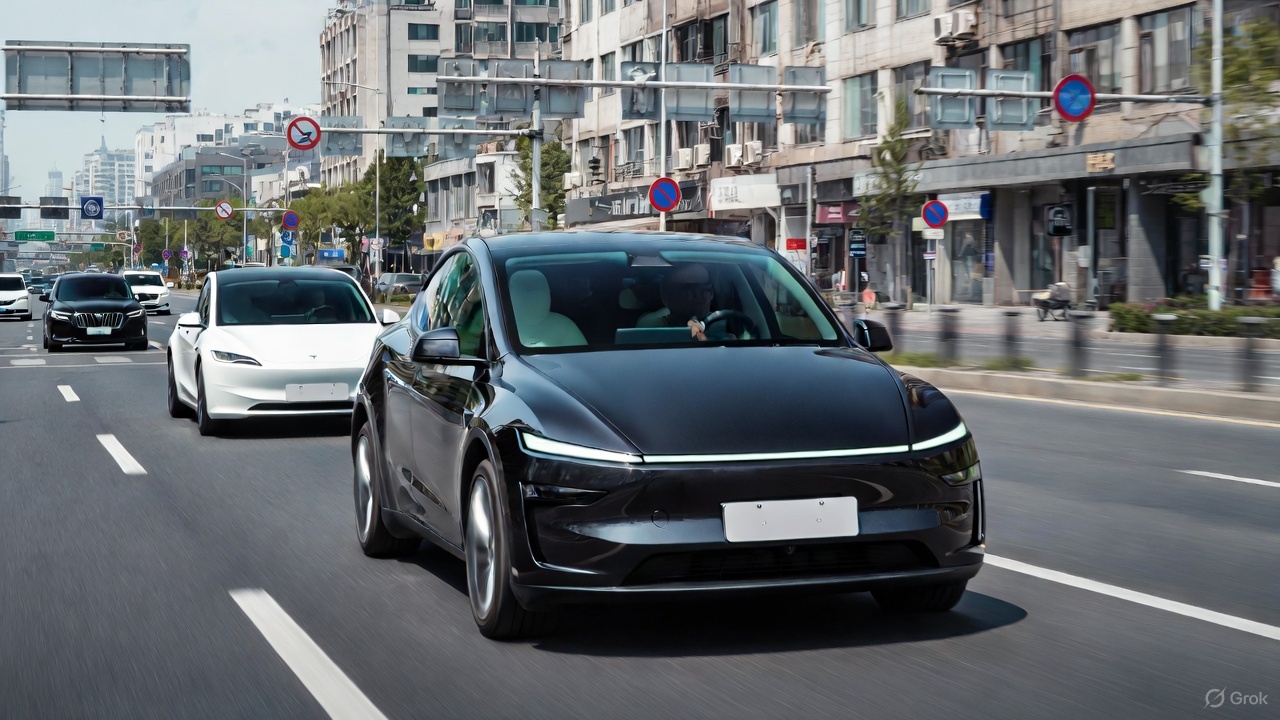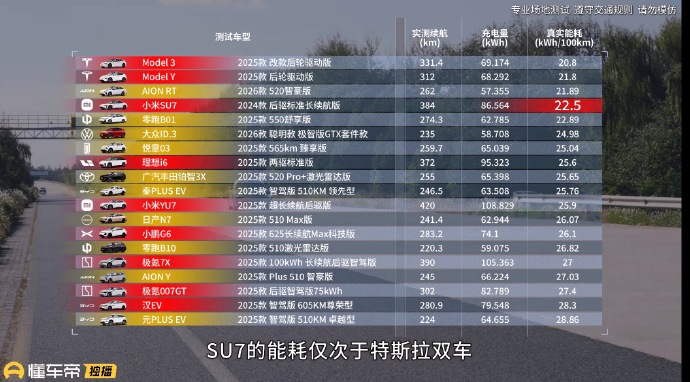

News
SpaceX shuffles Starships, gears up for more Super Heavy static fires
SpaceX is busy preparing for the orbital launch debut its next-generation Starship rocket, but the company’s South Texas rocket factory is also working around the clock to prepare several more sets of ships and boosters for the flight testing that will follow.
That was more obvious than usual on November 8th, when SpaceX made moves to prepare both of its finished Starships for new phases of testing. SpaceX kicked off the busy day by removing Starship S25 – a newer prototype that arrived at the launch site just three weeks prior – a stand dedicated to proof testing ships. Three hours later, after spending three of the last four weeks sitting on top of Super Heavy Booster 7, Starship S24 was ‘destacked’ (lifted off of B7 and lowered onto a stand on the ground) in the early afternoon.
Booster 7, Ship 24, and Ship 25 have all been busy since mid-October. SpaceX stacked Booster 7 and Ship 24 for the first time on October 11th and then attempted to test the fully-stacked rocket on October 13th. By some accounts, although almost nothing was visible to the public, the first full-stack test may have gone poorly, potentially even endangering pad technicians that approached the rocket to troubleshoot. On October 16th, SpaceX fully destacked Ship 24, and CEO Elon Musk noted that the company was “proceeding very carefully” to avoid an explosion that could set “Starship progress back by ~6 months.”
But if there was a major issue on October 13th, SpaceX didn’t show it, and Ship 24 was reinstalled atop Booster 7 on October 20th without any obvious maintenance or repairs. SpaceX then kicked off an unusual series of tests on October 24th, during which it only filled the liquid oxygen (LOx) or liquid methane (LCH4) tanks of Super Heavy B7, Ship 24, or both vehicles at once. A rare NASA briefing on October 31st later called them “single-species prop[ellant]” tests – a kind of extra-cautious testing that had never been seen before at Starbase. A few days prior, a member of NASA’s Aerospace Safety Advisory Panel (ASAP) noted that an accidental explosion that damaged Booster 7 in July had caused SpaceX to “increase [the rigor of its] systems engineering and risk management,” explaining the sudden influx of unusually conservative testing.
By the time Ship 24 was destacked from Booster 7 on November 8th, SpaceX had completed seven single-species tests, four of which involved loading LOx or LCH4 into both stages and three of which only tested Super Heavy. Booster 7 and Ship 24’s tanks were fully filled and LCH4 and LOx were never simultaneously loaded on either stage.
NASA’s October 31st briefing reported that SpaceX had plans to destack Ship 24 before conducting additional static fire testing with Booster 7. While B7 completed 1, 3, and 7-engine static fires in August and September, those tests were nowhere close to the full 33-engine static fire required to properly qualify the most powerful rocket in history. According to NASASpaceflight.com managing editor Chris Bergin, SpaceX’s next goal is to fire up approximately half of Super Heavy B7’s Raptors.
Strangely, although Ship 24 was believed to have completed all of the standalone testing needed to clear it for flight, SpaceX installed the vehicle on a stand used for Starship static fire testing on November 9th, implying that more standalone testing may be required. For now, that shouldn’t pose a problem as long as SpaceX wraps up any additional Starship testing around the same time as Booster 7’s next static fire campaign wraps up, but it could delay full-stack launch readiness if it takes any longer.
Finally, after Ship 25 was removed from SpaceX’s other Starship test stand on November 8th, it was rolled back to Starbase’s Starship factory. Ship 25 first rolled to the launch site on October 19th and has since completed four visible tests. On October 28th, Ship 25 survived a pneumatic proof test that showed that its tanks were leak-free and capable of surviving flight pressures (roughly 6-8.5 bar or 90-125 psi). Three cryogenic proof tests followed on November 1st, 2nd, and 7th. The first cryoproof was likely just that – a test that pressurized Ship 25’s tanks and filled them with cryogenic liquid nitrogen (LN2) or a combination of liquid oxygen and LN2.
The next two tests likely took advantage of the customized test stand, which has been semi-permanently outfitted with a set of hydraulic rams that allow SpaceX to simulate the thrust of six Raptor engines while Starship’s structures are chilled to cryogenic temperatures and loaded with roughly 1000 tons (~2.2M lb) of cryogenic fluids. If a Starship can survive those stresses on the ground, the assumption is that it will likely survive similar stresses in flight.
Assuming that Ship 25’s first several proof tests were successful, which they appear to have been, SpaceX returned the prototype to its Starbase factory to install six Raptor engines and a series of shields and firewalls that will protect those engines from each other. Once fully outfitted, Ship 25 will return to the launch site for static fire testing and take Ship 24’s place on Suborbital Pad B. Ship 24 took approximately two months to go from its last cryoproof to its first static fire. But its testing got off to a relatively rocky start, so Ship 25 could be ready sooner.
SpaceX could begin the next phases of Booster 7 and Ship 24 testing as early as November 10th or November 13th.

News
Elon Musk makes a key Tesla Optimus detail official
“Since we are naming the singular, we will also name the plural, so Optimi it is,” Musk wrote on X.

Tesla CEO Elon Musk just made a key detail about Optimus official. In a post on X, the CEO clarified some key wording about Optimus, which should help the media and the public become more familiar with the humanoid robot.
Elon Musk makes Optimus’ plural term official
Elon Musk posted a number of Optimus-related posts on X this weekend. On Saturday, he stated that Optimus would be the Von Neumann probe, a machine that could eventually be capable of replicating itself. This capability, it seems, would be the key to Tesla achieving Elon Musk’s ambitious Optimus production targets.
Amidst the conversations about Optimus on X, a user of the social media platform asked the CEO what the plural term for the humanoid robot will be. As per Musk, Tesla will be setting the plural term for Optimus since the company also decided on the robot’s singular term. “Since we are naming the singular, we will also name the plural, so Optimi it is,” Musk wrote in his reply on X.
This makes it official. For media outlets such as Teslarati, numerous Optimus bots are now called Optimi. It rolls off the tongue pretty well, too.
Optimi will be a common sight worldwide
While Musk’s comment may seem pretty mundane to some, it is actually very important. Optimus is intended to be Tesla’s highest volume product, with the CEO estimating that the humanoid robot could eventually see annual production rates in the hundreds of millions, perhaps even more. Since Optimi will be a very common sight worldwide, it is good that people can now get used to terms describing the humanoid robot.
During the Tesla 2025 Annual Shareholder Meeting, Musk stated that the humanoid robot will see “the fastest production ramp of any product of any large complex manufactured product ever,” starting with a one-million-Optimi-per-year production line at the Fremont Factory. Giga Texas would get an even bigger Optimus production line, which should be capable of producing tens of millions of Optimi per year.
News
Tesla is improving Giga Berlin’s free “Giga Train” service for employees
With this initiative, Tesla aims to boost the number of Gigafactory Berlin employees commuting by rail while keeping the shuttle free for all riders.

Tesla will expand its factory shuttle service in Germany beginning January 4, adding direct rail trips from Berlin Ostbahnhof to Giga Berlin-Brandenburg in Grünheide.
With this initiative, Tesla aims to boost the number of Gigafactory Berlin employees commuting by rail while keeping the shuttle free for all riders.
New shuttle route
As noted in a report from rbb24, the updated service, which will start January 4, will run between the Berlin Ostbahnhof East Station and the Erkner Station at the Gigafactory Berlin complex. Tesla stated that the timetable mirrors shift changes for the facility’s employees, and similar to before, the service will be completely free. The train will offer six direct trips per day as well.
“The service includes six daily trips, which also cover our shift times. The trains will run between Berlin Ostbahnhof (with a stop at Ostkreuz) and Erkner station to the Gigafactory,” Tesla Germany stated.
Even with construction continuing at Fangschleuse and Köpenick stations, the company said the route has been optimized to maintain a predictable 35-minute travel time. The update follows earlier phases of Tesla’s “Giga Train” program, which initially connected Erkner to the factory grounds before expanding to Berlin-Lichtenberg.
Tesla pushes for majority rail commuting
Tesla began production at Grünheide in March 2022, and the factory’s workforce has since grown to around 11,500 employees, with an estimated 60% commuting from Berlin. The facility produces the Model Y, Tesla’s best-selling vehicle, for both Germany and other territories.
The company has repeatedly emphasized its goal of having more than half its staff use public transportation rather than cars, positioning the shuttle as a key part of that initiative. In keeping with the factory’s sustainability focus, Tesla continues to allow even non-employees to ride the shuttle free of charge, making it a broader mobility option for the area.
News
Tesla Model 3 and Model Y dominate China’s real-world efficiency tests
The Tesla Model 3 posted 20.8 kWh/100 km while the Model Y followed closely at 21.8 kWh/100 km.

Tesla’s Model 3 and Model Y once again led the field in a new real-world energy-consumption test conducted by China’s Autohome, outperforming numerous rival electric vehicles in controlled conditions.
The results, which placed both Teslas in the top two spots, prompted Xiaomi CEO Lei Jun to acknowledge Tesla’s efficiency advantage while noting that his company’s vehicles will continue refining its own models to close the gap.
Tesla secures top efficiency results
Autohome’s evaluation placed all vehicles under identical conditions, such as a full 375-kg load, cabin temperature fixed at 24°C on automatic climate control, and a steady cruising speed of 120 km/h. In this environment, the Tesla Model 3 posted 20.8 kWh/100 km while the Model Y followed closely at 21.8 kWh/100 km, as noted in a Sina News report.
These figures positioned Tesla’s vehicles firmly at the top of the ranking and highlighted their continued leadership in long-range efficiency. The test also highlighted how drivetrain optimization, software management, and aerodynamic profiles remain key differentiators in high-speed, cold-weather scenarios where many electric cars struggle to maintain low consumption.

Xiaomi’s Lei Jun pledges to continue learning from Tesla
Following the results, Xiaomi CEO Lei Jun noted that the Xiaomi SU7 actually performed well overall but naturally consumed more energy due to its larger C-segment footprint and higher specification. He reiterated that factors such as size and weight contributed to the difference in real-world consumption compared to Tesla. Still, the executive noted that Xiaomi will continue to learn from the veteran EV maker.
“The Xiaomi SU7’s energy consumption performance is also very good; you can take a closer look. The fact that its test results are weaker than Tesla’s is partly due to objective reasons: the Xiaomi SU7 is a C-segment car, larger and with higher specifications, making it heavier and naturally increasing energy consumption. Of course, we will continue to learn from Tesla and further optimize its energy consumption performance!” Lei Jun wrote in a post on Weibo.
Lei Jun has repeatedly described Tesla as the global benchmark for EV efficiency, previously stating that Xiaomi may require three to five years to match its leadership. He has also been very supportive of FSD, even testing the system in the United States.









